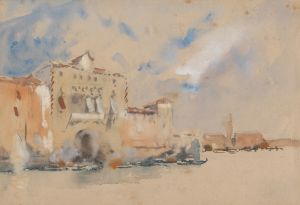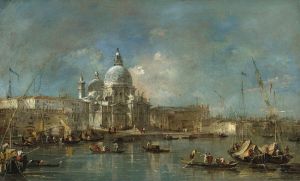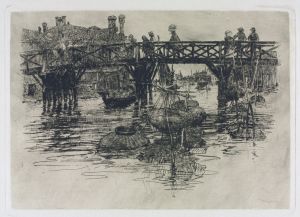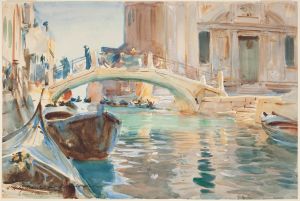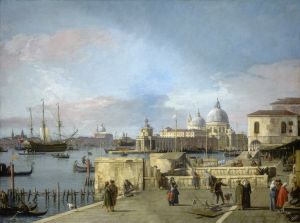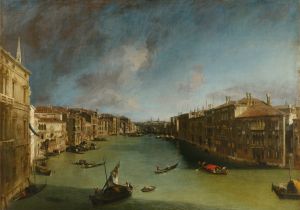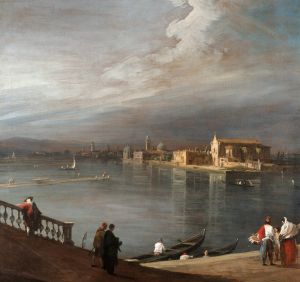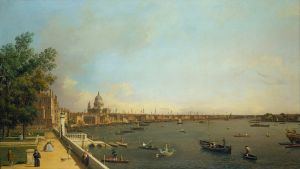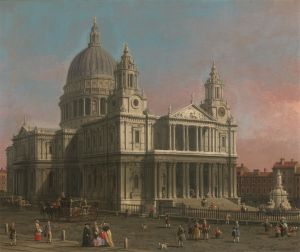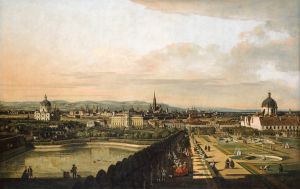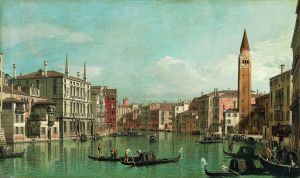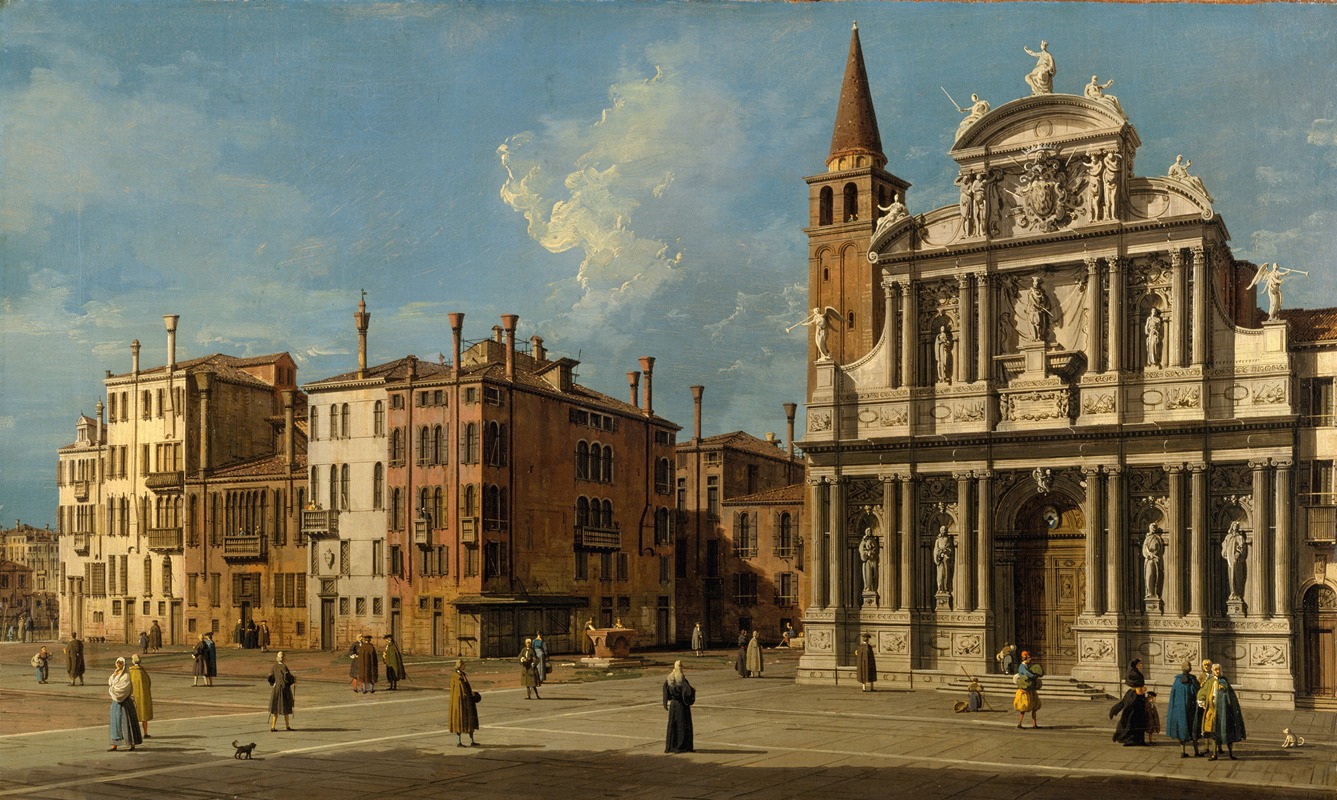
Campo Santa Maria Zobenigo, Venice
A hand-painted replica of Canaletto’s masterpiece Campo Santa Maria Zobenigo, Venice, meticulously crafted by professional artists to capture the true essence of the original. Each piece is created with museum-quality canvas and rare mineral pigments, carefully painted by experienced artists with delicate brushstrokes and rich, layered colors to perfectly recreate the texture of the original artwork. Unlike machine-printed reproductions, this hand-painted version brings the painting to life, infused with the artist’s emotions and skill in every stroke. Whether for personal collection or home decoration, it instantly elevates the artistic atmosphere of any space.
Campo Santa Maria Zobenigo, Venice is a painting by the renowned Italian artist Giovanni Antonio Canal, better known as Canaletto. Canaletto, born in Venice in 1697, is celebrated for his detailed and precise landscapes, particularly his views of Venice. His works are characterized by their meticulous attention to architectural detail and the play of light, which capture the essence of the city’s unique atmosphere.
This particular painting, Campo Santa Maria Zobenigo, Venice, depicts the square (campo) in front of the church of Santa Maria Zobenigo, also known as Santa Maria del Giglio. The church is located in the sestiere (district) of San Marco, one of the most famous and central areas of Venice. The church itself is notable for its elaborate Baroque facade, which was designed by Giuseppe Sardi and completed in 1681. The facade is adorned with sculptures and reliefs that celebrate the military achievements of the Barbaro family, who funded its construction.
In Canaletto’s painting, the viewer is presented with a bustling scene typical of Venetian life in the 18th century. The composition is marked by its clarity and precision, hallmarks of Canaletto’s style. The artist’s use of perspective draws the eye into the depth of the square, with the church’s ornate facade serving as a focal point. The painting captures the interplay of light and shadow on the buildings, enhancing the three-dimensionality of the scene.
The foreground of the painting is animated with figures going about their daily activities. These figures, though small in scale, are rendered with careful attention to detail, contributing to the lively atmosphere of the scene. The inclusion of everyday Venetians, along with the architectural splendor of the church, provides a vivid snapshot of life in Venice during this period.
Canaletto’s work was highly sought after by collectors, particularly British aristocrats undertaking the Grand Tour, a traditional trip through Europe that was considered a rite of passage. His paintings served as mementos of their travels and as representations of the grandeur of Venice. Canaletto’s ability to combine topographical accuracy with artistic elegance made his works highly desirable.
Campo Santa Maria Zobenigo, Venice is an excellent example of Canaletto’s skill in capturing the essence of Venetian architecture and urban life. His paintings not only provide a visual record of the city’s appearance in the 18th century but also convey the vibrancy and dynamism of its public spaces. Through his meticulous technique and keen observation, Canaletto has left a lasting legacy that continues to be celebrated in art history.
The painting is part of the collection of the National Gallery in London, where it remains an important piece for both its artistic merit and its historical value. Visitors to the gallery can appreciate Canaletto’s masterful depiction of Venice, gaining insight into the city’s rich cultural heritage and the artist’s exceptional talent.






